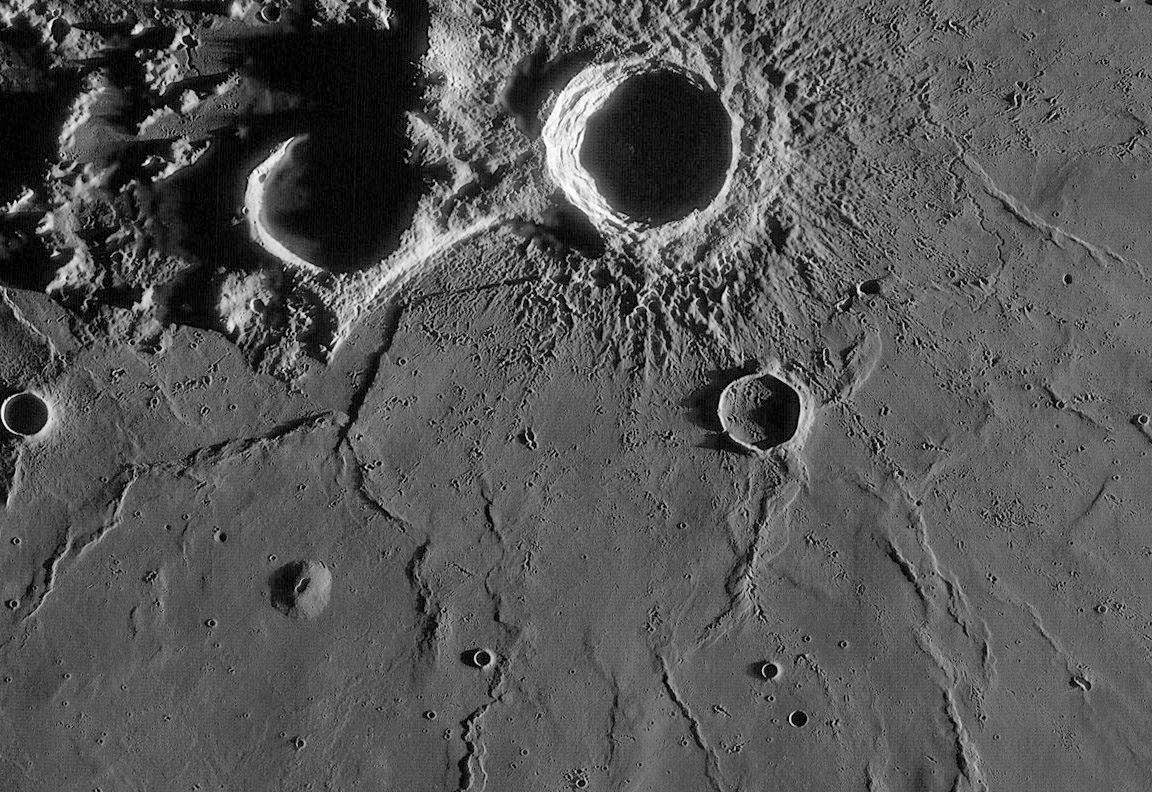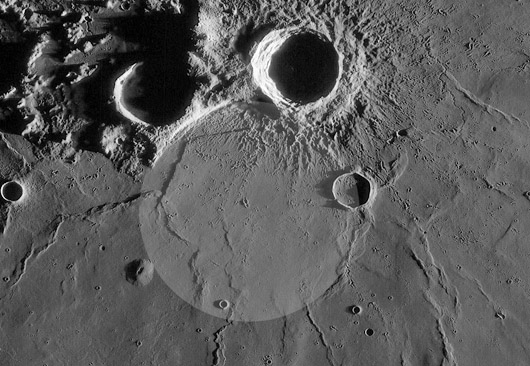Difference between revisions of "September 17, 2012"
| Line 24: | Line 24: | ||
<br /> | <br /> | ||
<hr /> | <hr /> | ||
| + | <!-- Removed reference to store page --> | ||
| + | </div> | ||
| + | ---- | ||
| + | ===COMMENTS?=== | ||
| + | Register, and click on the <b>Discussion</b> tab at the top of the page. | ||
| + | <hr> | ||
| + | You can support LPOD when you buy any book from Amazon thru [[Support_ LPOD|LPOD]]! | ||
| + | <span style="font-size:88%"> | ||
| + | <center> | ||
| + | Contributions to http://www2.lpod.org/ are licensed under a Creative Commons Attribution No-Derivative-Works Non-Commercial 3.0 License. [http://www.creativecommons.org/licenses/by-nc-nd/3.0 http://www.wikispaces.com/i/creativecommons/by-nc-nd_3.0_80x15.png]<br> | ||
| + | </center> | ||
| + | </span> | ||
Revision as of 19:13, 31 January 2015
Find the Big Crater

this is a piece of the LRO WAC mosaic processed by Maurice Collins, New Zealand
A Few More Comments
Positing that an uplift existed before the formation of the Imbrium Basin disagrees with my bias that the Aristarchus Plateau's existence is related to the basin. Perhaps the Plateau did form in association with Imbrium, and South AP formed after the basin, but before the lava flooding. That would be consistent with most of the observations above. And I can't help but wonder if the conspicuous dome exists because fractures along South AP's rim allowed magma to reach the surface there.
Related Links
Rükl plate 18
Mustard et al (2011) Compositional diversity and geologic insights of the Aristarchus crater from Moon Mineralogy Mapper data (PDF) . JOURNAL OF GEOPHYSICAL RESEARCH, VOL. 116, E00G12, doi:10.1029/2010JE003726, 2011.
COMMENTS?
Register, and click on the Discussion tab at the top of the page.
You can support LPOD when you buy any book from Amazon thru LPOD!
Contributions to http://www2.lpod.org/ are licensed under a Creative Commons Attribution No-Derivative-Works Non-Commercial 3.0 License. 




